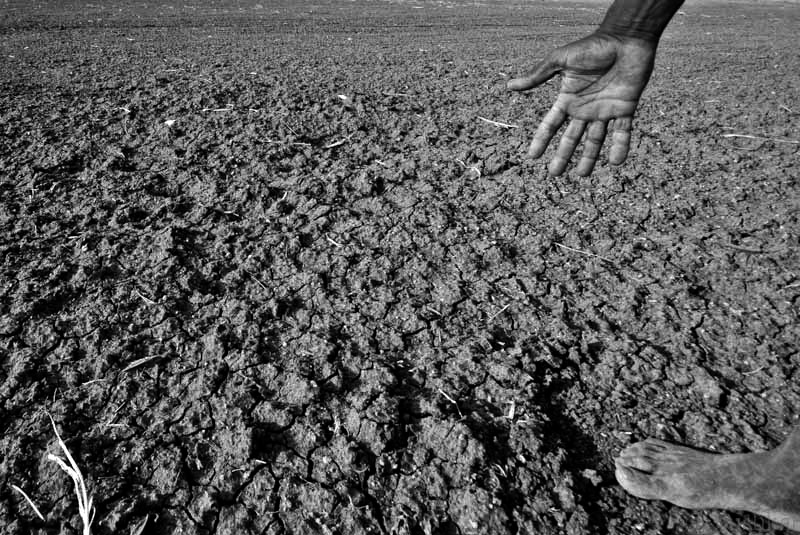For the residents of Kampasamudram, a tiny village tucked away in a remote part of Andhra Pradesh, the summer of 2019 turned out to be a living hell. It was unlike anything they had ever experienced before. With temperatures as high as 44C, for weeks, the village was gripped by a heatwave. The intense heat increased evaporation losses–their wells and hand pumps went dry–and they had no water to drink, cook, or wash utensils.
Water, once abundant in the village, is now scarce. As the debilitating heat cast its curse, the trees withered and cattle died. The naked soil lay bare–parched, gasping for water–and the village turned into a sea of thorns. Seeking water–and refuge from the debilitating heat–people, especially the young, fled from the village and migrated to nearby towns and cities. With the young and able vanishing, the village is desolate.
This situation is not unique to this tiny village in Andhra Pradesh.
It is a common pattern found across many of India’s villages. For instance, the Marathwada region in the state of Maharashtra has been grappling with a severe water crisis for decades. As reported by The Guardian, “about 20,000 villages are struggling with a severe drinking water crisis, with no water left in 35 major dams. In 1000 smaller dams, water levels are below 8 per cent. The rivers that feed the dams have been transformed into barren, cracked earth… Estimates suggest that up to 90 per cent of the area’s population has fled” the area, leaving the sick and the elderly.
-30-
Copyright©Madras Courier, All Rights Reserved. You may share using our article tools. Please don't cut articles from madrascourier.com and redistribute by email, post to the web, mobile phone or social media.Please send in your feed back and comments to [email protected]











